Art licensing can seem like a mysterious and maybe even intimidating industry. But it doesn’t have to be! Let’s dive into Art Licensing 101 so you can feel confident with the basics.
What is Art Licensing?
Art licensing is an income stream for visual artists who license out their artwork to other brands or manufacturers, typically for use on physical products. To license means to “permit the use of”, and the terms of that use are defined in an agreed upon contract or written agreement between the artist and the other company, or “licensee”.
There are other types of licensing in different industries (like in the music industry, for example), but in this context we are primarily discussing 2D visual artwork.
Who can license their artwork?
In this context of art licensing, any artist who is creating original artwork that can be digitized or reproduced for use on physical products can license their work. For example, mediums include but are not limited to:
- physical paintings like watercolor, acrylic, and oil
- mixed media art
- digital designs
- drawings
- hand-lettering
- photography
- original collages (if they do not include copywritten material)
- 3D art like sculptures or jewelry design if it can be reproduced
- and more!
Artists are also not limited by the style of the art. If a client or licensee is looking for your particular style of art, it is licensable. Art doesn’t have to be all the same style to be licensable.
What kinds of products does the art get licensed for?
This is the fun part, because there are so many options! Really anything that your art can be reproduced on is a possibility. But some common examples are:
- Greeting cards & Stationery
- Planners & Calendars
- Fabric for sewing
- Gift wrap and gift bags
- Accessories and apparel
- Home Decor like wall art, pillows, desk art, and so much more
- Wallpaper
- Pet items
- Holiday decor
- Paper party items
- Dishes & glassware
- and more!
How does a licensing artist get paid?
Once an agreed upon contract is signed (more on that soon), the product will be manufactured and then offered for sale. Sales are calculated quarterly and then royalties, a percentage of sales, are most often the type of payment the artist receives.
Royalties typically range from 3-10% for the artist. That may not sound like a lot, but if high quantities of the products are sold, it adds up. Once you have multiple licenses going at once, it snowballs even further.
One thing to keep in mind is that sometimes royalties are not always best. If the company only sells a small amount of products, you wouldn’t receive very many royalties in that case. Ask them about their expected sales volume.
Another type of payment is a flat fee payment, for example, $750 for a greeting card design for the manufacturer to produce for a time limit of 2 years. Flat fee payments can be more difficult to calculate, as the numbers you will encounter across the industry range quite a bit. It all comes down to what you are able to negotiate.
What goes into a licensing agreement?
There are a lot of different sections to a licensing agreement. While I can’t get into each specific one right now (it would be overwhelming), below are a few significant factors to look out for:
- Exclusivity of product types: Limit the exclusivity of use to the products they are actually producing as specifically as possible.
For example, if you are getting paid a flat fee for a greeting card, you don’t want them to have exclusivity to use the art on all product types. With licensing, you want to leave your art as free as possible to license across multiple product categories in case another licensee comes along. - Term length / duration: Define the term length, i.e. 2 years, for how long the manufacturer can use the artwork. You can both decide to renew again when the time is up.
- Payment: Define exactly how you will get paid as discussed above.
Ready to learn more?
If you want to do a deep dive into licensing, including learning more about contract terms, pricing, and how to actually get licensing clients, I suggest you check out my Art Licensing Guide:
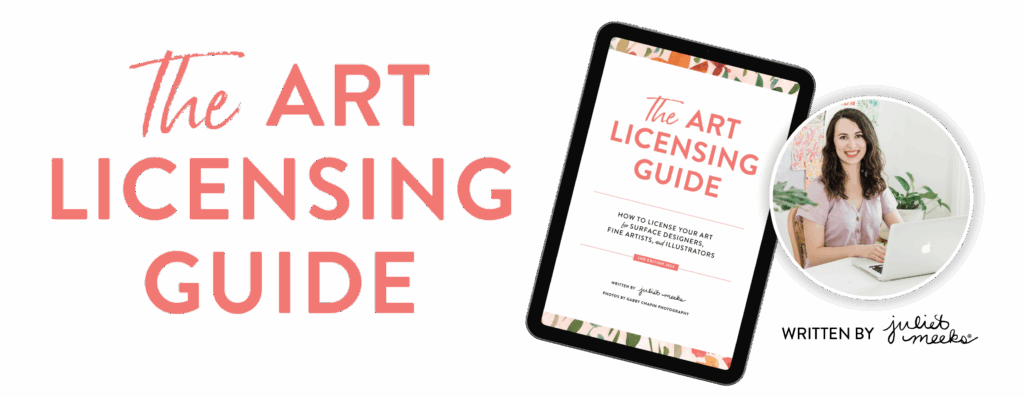
If you prefer to learn with video lessons, live Q&As, and a group of students, join the waitlist for my course, Licensing for Artists.
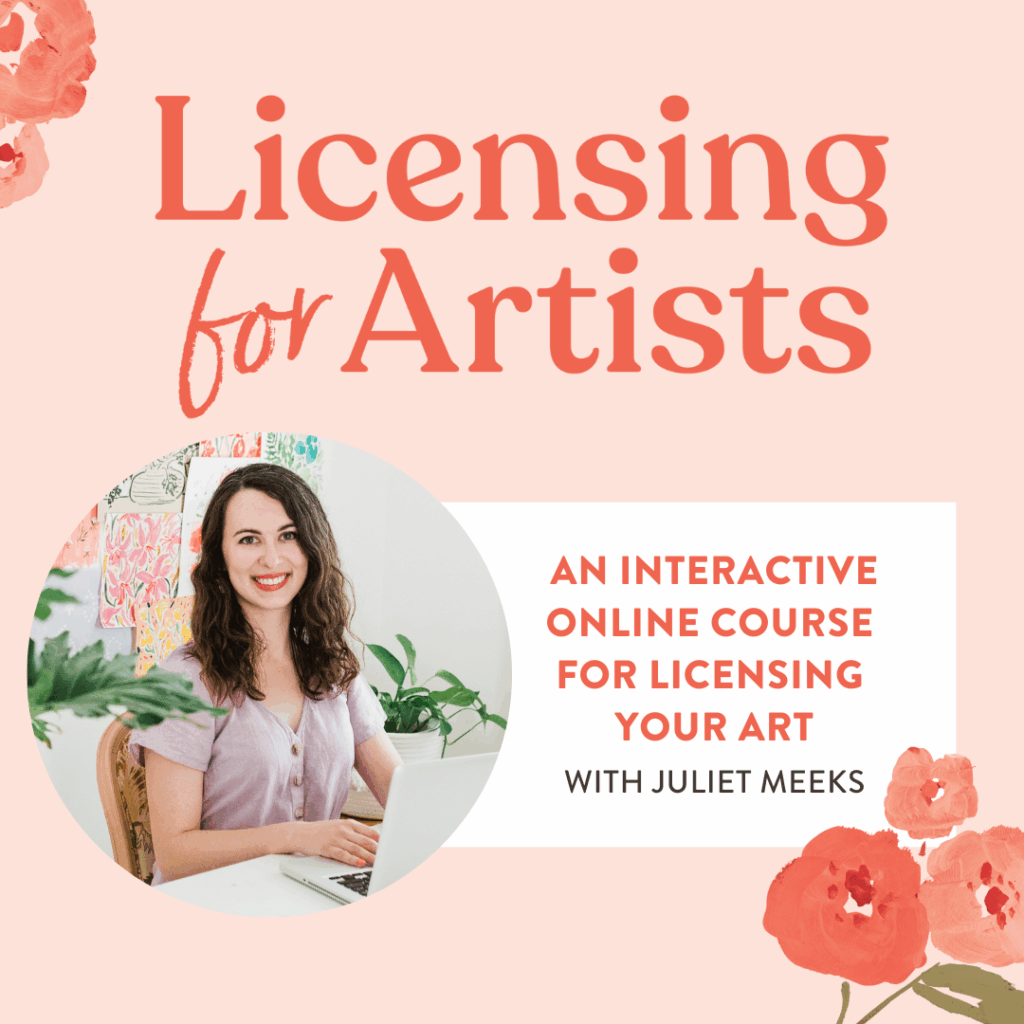
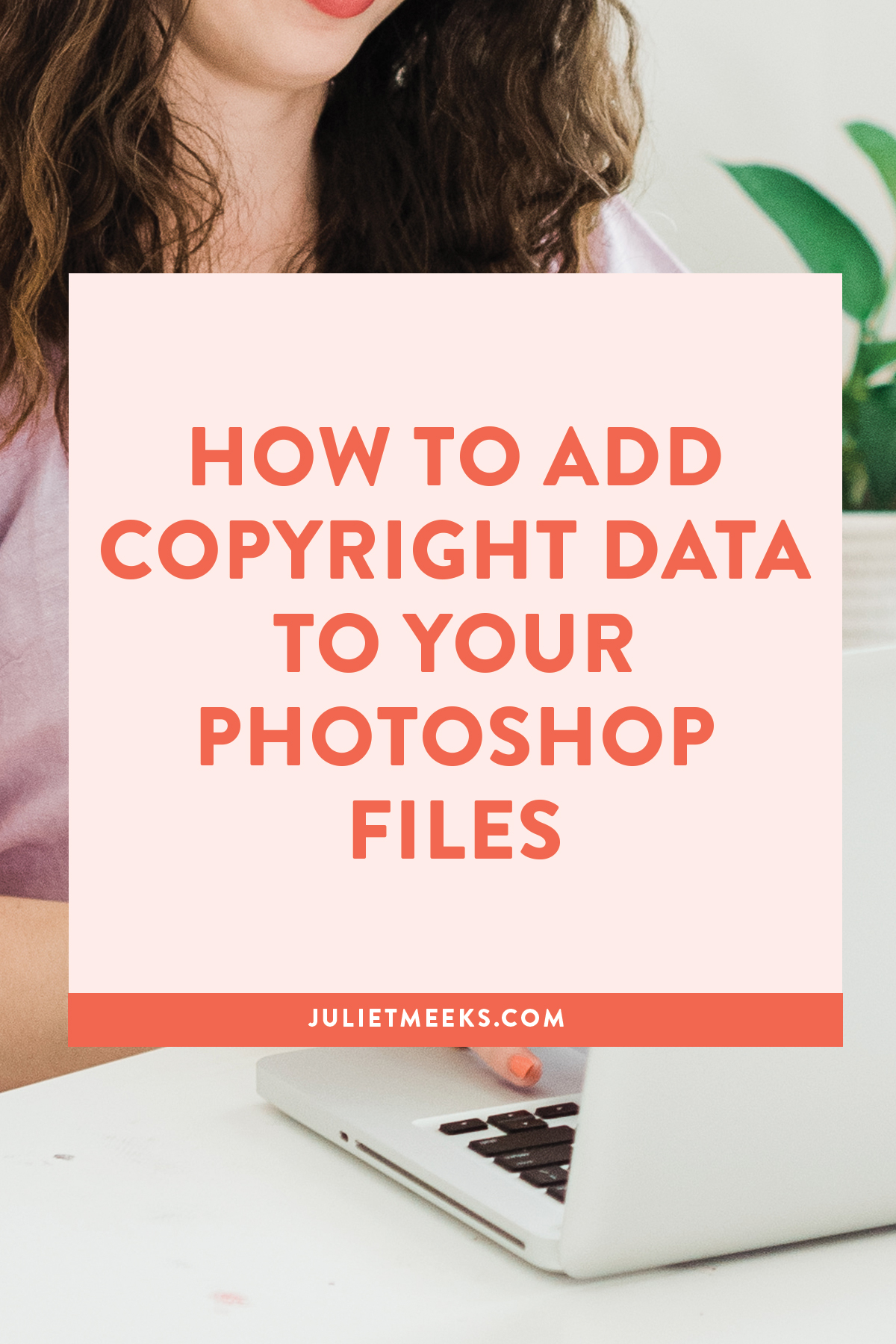
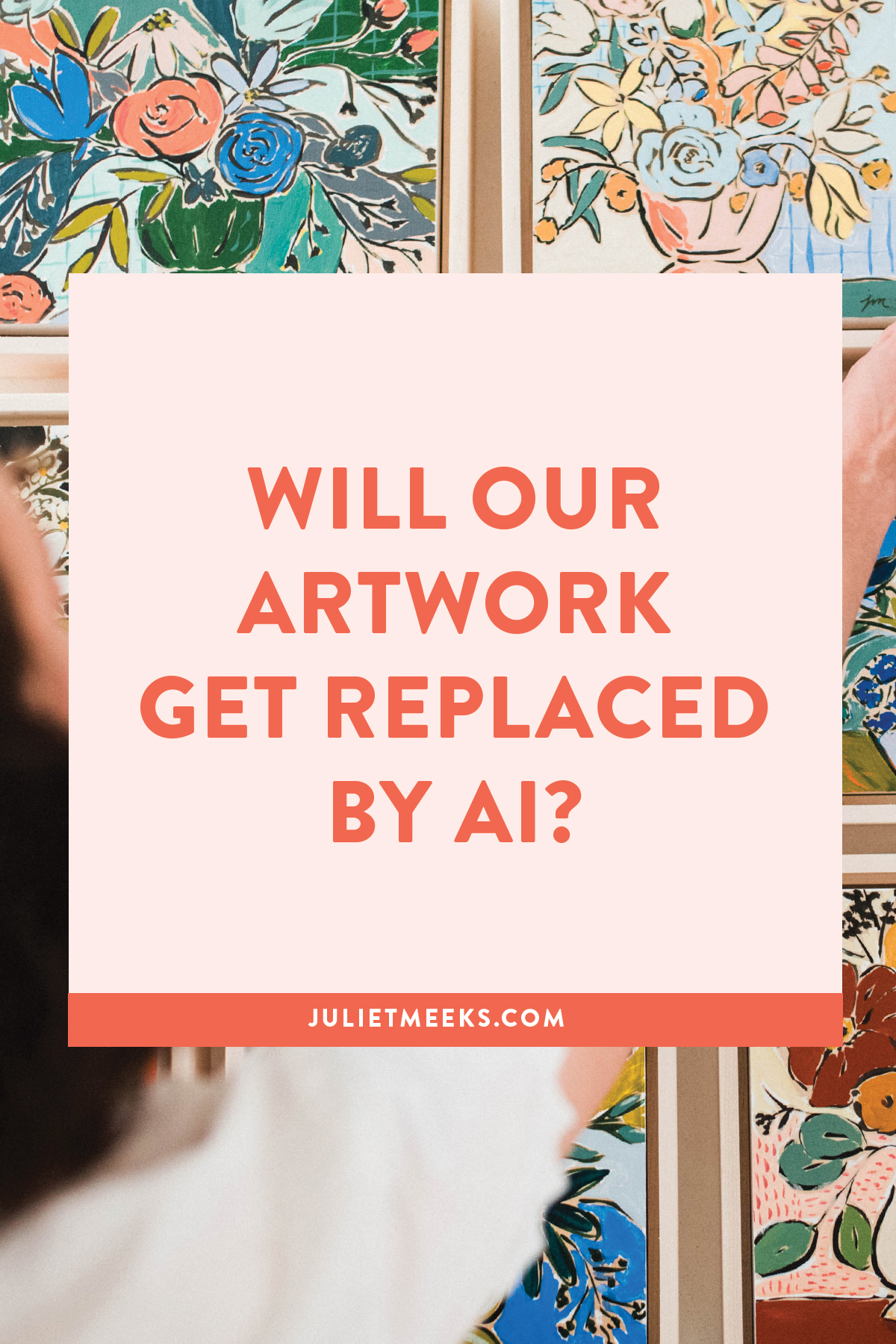
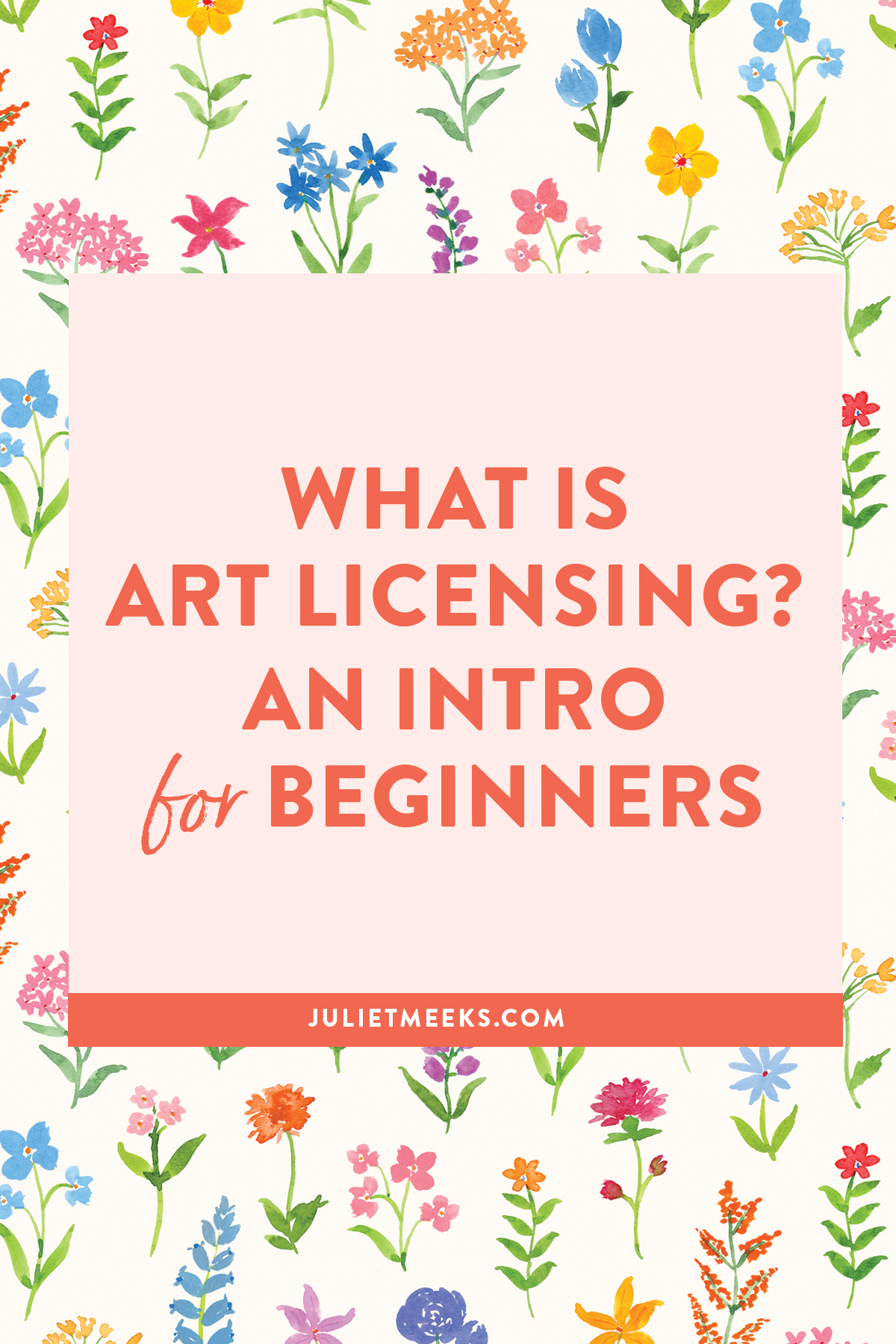
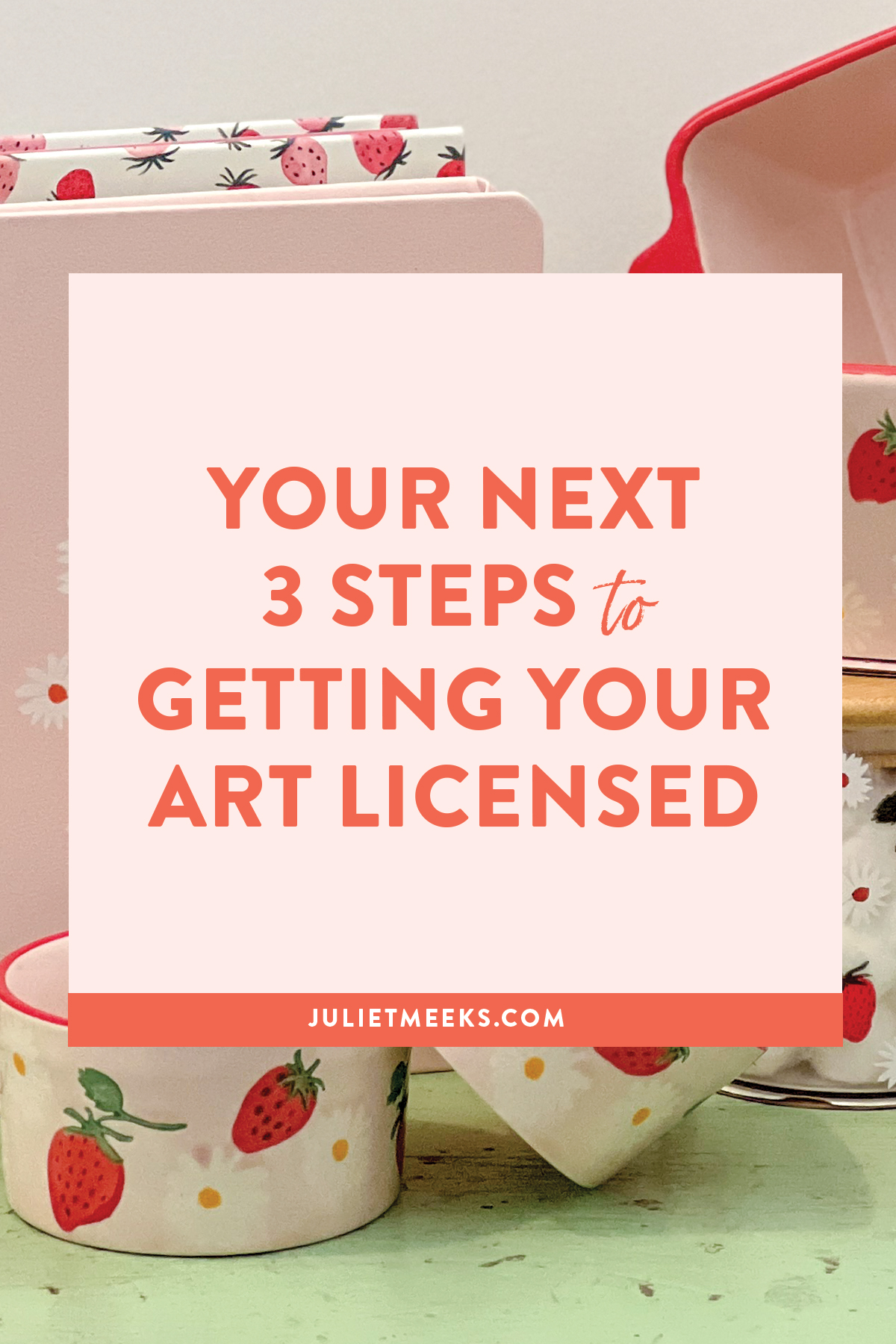
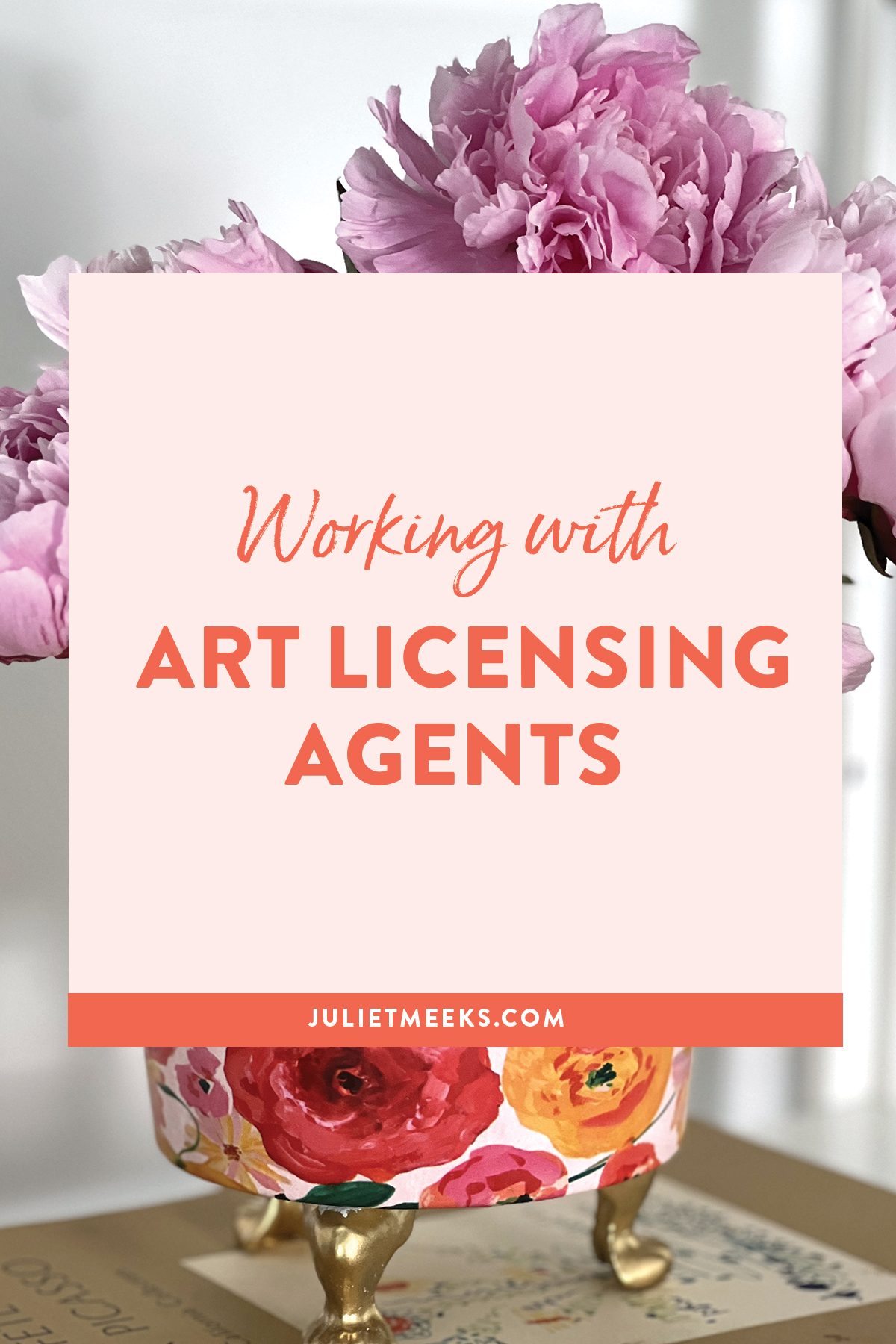
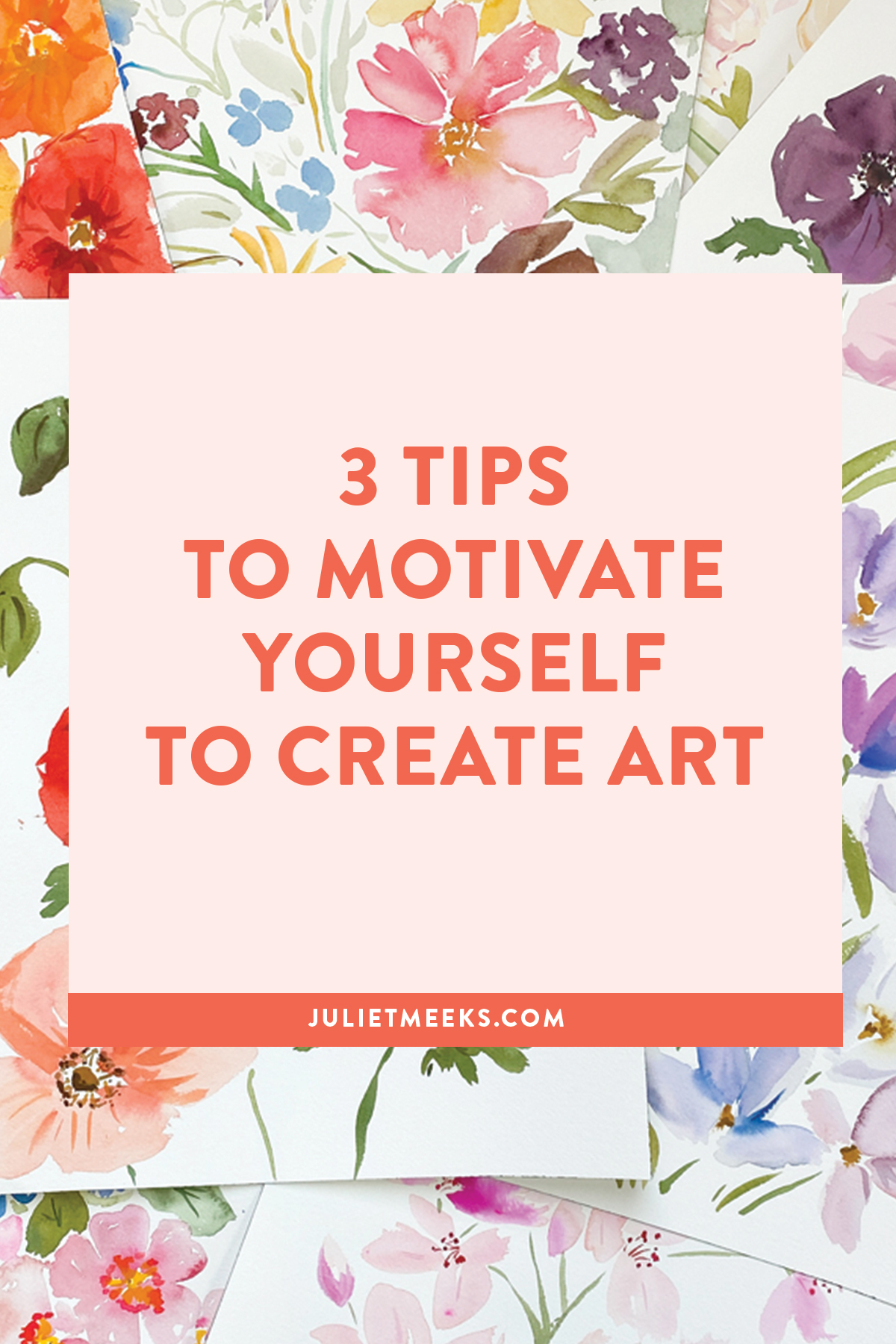
+ show Comments
- Hide Comments
add a comment